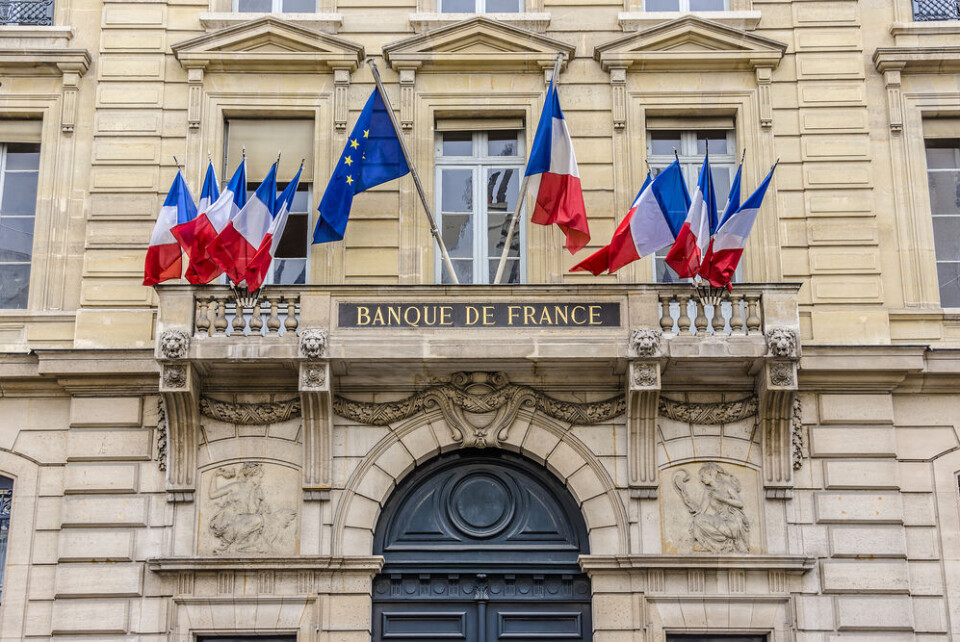-
What are the rules on paying in cash in France?
There are limits and exceptions depending on your tax status and the kind of transaction
-
Tips to avoid financial scams in France
From fake bank advisors to ‘too good to be true’ offers, this is how to avoid getting caught out
-
Extra security checks on French bank transfers from next month
You may wish to verify existing beneficiary details to avoid payments to them potentially being blocked
What are comptes à terme and why are they popular in France?
With inflation still high, savers must ensure their savings are not losing value

Comptes à terme are gaining popularity as a way of ensuring that savings do not lose value due to inflation. We look at why these accounts are so popular and how they can help you save.
Much like term deposit accounts in the UK, a compte à terme is a savings account that offers a competitive interest rate over a fixed term.
Many of these accounts offer an interest rate of around 4.2% over this term.
With France’s annual inflation rate at around 4% in October 2023, comptes à terme, or CATs, are an attractive option for savers.
Indeed, the amount of money placed in CATs increased by 42% between January and July according to data from the Banque de France, rising to a total of €142billion.
How docomptes à terme work?
These accounts can have a fixed duration of between one month and five years. The amount invested cannot be added to once the account is open.
Savers usually have to agree to keep the total sum in the account for a fixed duration. If they want to withdraw before maturity there may be a release fee / loss of interest.
Many comptes à terme, or CATs, are offering around 4.2% interest, higher than that of France’s most popular savings account the Livret A, which currently offers 3% interest.
Savers can choose a duration that suits their needs and select between three types of CATs:
- Fixed rate CATs, where the rate remains the same for the duration of the term
- Progressive rate, which can vary between 1.5% and 5% over the term, either increasing over time or inversely
- Variable rate, which are indexed against a market or reference rate. The bank must say when this rate changes
The minimum amount you can put into a CAT is €500, and the maximum depends on your bank, with some banks offering an upper limit of €2m.
The flexible upper limit of the CAT gives it another advantage over the Livret A, which is capped at €22,950.
Why are compte à terme bank accounts popular now?
The annual inflation rate in France is currently considered high, at around 4% in October 2023.
While it has shown signs of decreasing over the past months, it is still higher than the interest rate for most savings accounts.
This means that people's savings effectively lose value over time despite receiving interest as purchasing power is eroded if the cost of everyday goods is rising at a higher rate than their savings.
Do you have to pay tax on a compte à terme?
Yes. Even if you are not liable for income tax, you must still pay 17.2% tax on the account.
If you are subject to income tax, this rate is 30%.
As a consequence, tax-free accounts such as the Livret A and the Livret de développement durable et solidaire (LDDS) remain a better option for smaller sums.
The LDDS, which is tax-free, offers an interest rate of 3% for investments of up to €12,000.
It is open to all adults who are tax residents in France and can be held alongside a Livret A. Money placed in an LDDS is used to finance green energy.
Read more:
























